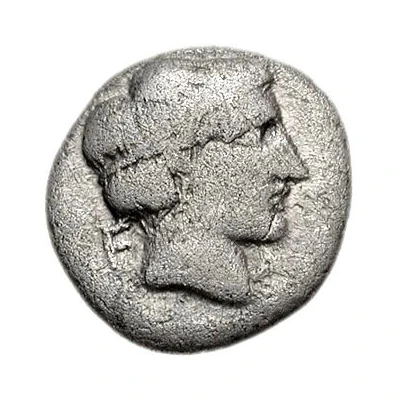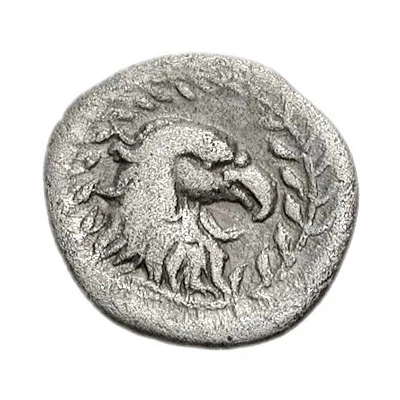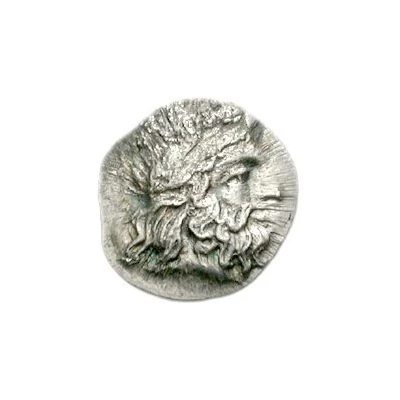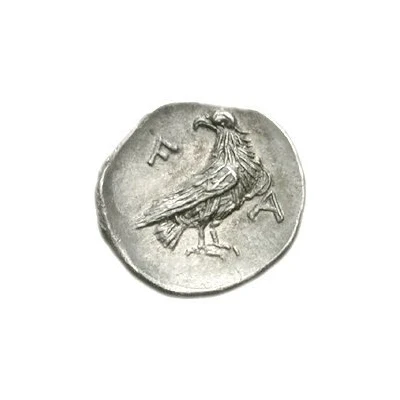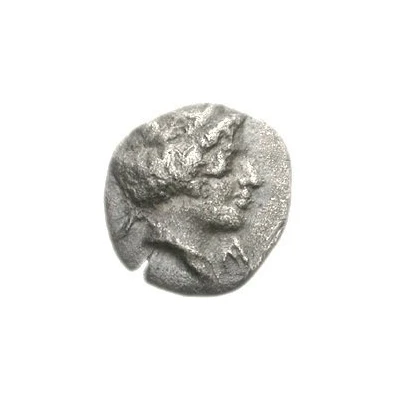
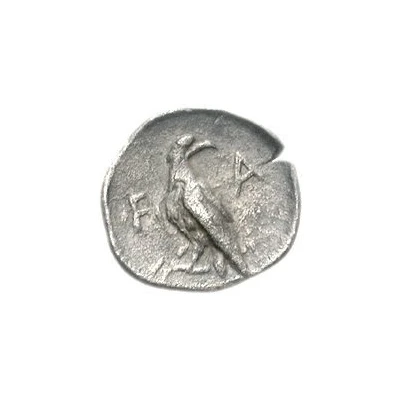

© Classical Numismatic Group, Inc.
Obol - 106th-107th Olympiad 356 BC - 352 BC
| Silver | 0.85 g | - |
| Issuer | Olympia (Elis) |
|---|---|
| Type | Standard circulation coin |
| Years | 356 BC - 352 BC |
| Value | Obol (⅙) |
| Currency | Drachm |
| Composition | Silver |
| Weight | 0.85 g |
| Shape | Round (irregular) |
| Technique | Hammered |
| Orientation | Variable alignment ↺ |
| Demonetized | Yes |
| Updated | 2024-10-09 |
| Numista | N#178064 |
|---|---|
| Rarity index | 100% |
Reverse
Eagle standing left, head right
Script: Greek
Interesting fact
The Obol coin was used as a form of currency in ancient Greece during the 106th-107th Olympiad (356 BC - 352 BC). It was made of silver and weighed 0.85 grams. The coin features an image of a young boy, known as an "obolos," on one side, and a dolphin on the other. The dolphin was a symbol of the city of Olympia, where the coin was minted. The Obol coin was used for everyday transactions and was also used to pay the entrance fee for athletes participating in the ancient Olympic Games, which were held in Olympia every four years.
